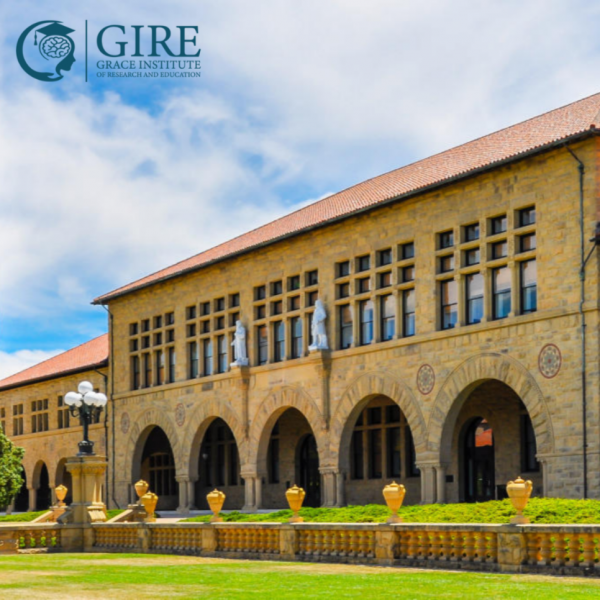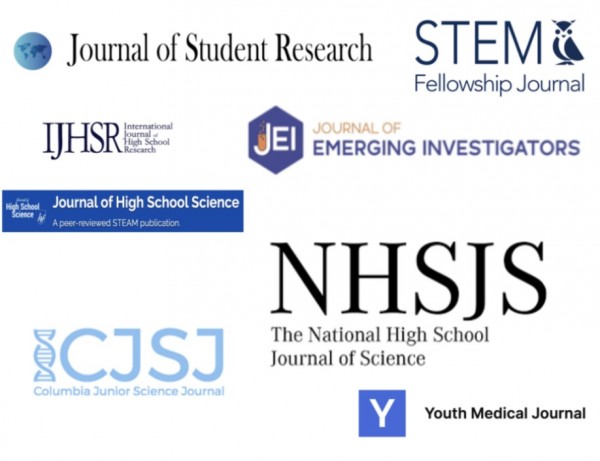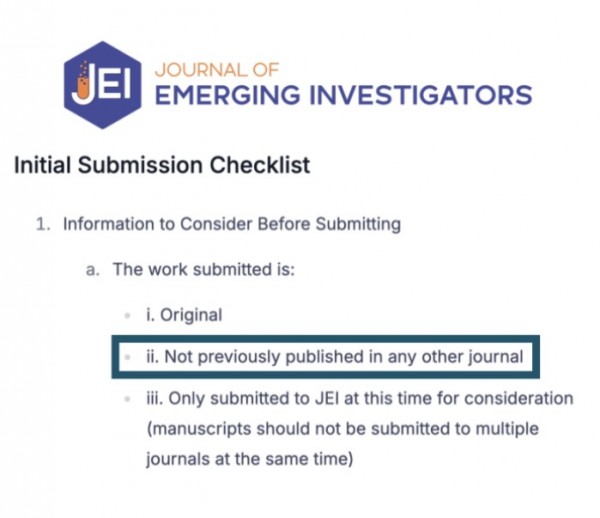|

High school journals provide a platform for students to publish their original research. When a student's paper is published in such high school journals, it not only showcases their academic and research capabilities but also positively influences their college applications. However, students with exceptional abilities often aim not only for publication in high school journals but also for awards in science fairs. Despite the similarities in format between research papers for journals and science fairs, there are key differences and distinct requirements for each.
These are prominent high school journals.

Can I Submit a Paper Published in a Journal for a Science Fair?
While it might seem efficient to use one paper for both purposes, our answer is usually, "It is unlikely". Though possible, it requires significant modifications due to the different standards and expectations of journals and science fairs.
Why is duplicate submission between journals not allowed? 1. Preventing Information Redundancy Duplicate publication can confuse readers and researchers, diminishing the perceived reliability of the research. This applies to college applications as well—claiming recognition from multiple journals for the same paper is both impractical and unethical.
2. Maintaining Journal Integrity Journals strive to preserve their unique content and credibility. Allowing duplicate publications would undermine this goal.

Journal and Science Fair Dual Submissions Just like with journals, submitting the same paper to both a journal and a science fair is generally not allowed, primarily for two reasons. 1. Preventing Information Redundancy Publicly presented papers at science fairs may be considered already published, violating the journal's requirement for original content.
2. Maintaining Integrity and Standards Both journals and science fairs seek to maintain their reputations by ensuring the originality and quality of the submitted research.
Differences in Review Standards Journal publications undergo a rigorous peer-review process by experts, ensuring the paper meets high academic standards. Conversely, science fairs, while also demanding, focus more on innovation and practical implementation rather than extensive peer-reviewed documentation.
The International Science and Engineering Fair (ISEF) is an exception due to its high standards and thorough review process, comparable to top-tier journals. However, it’s still not feasible to use the same paper for both ISEF and journal publication due to overlapping concerns of redundancy and integrity.
Different Opportunities for Academic Recognition 1. High School Journals (e.g., JSR, JEI) - Peer Review: High school journals undergo a strict peer-review process. - Academic Writing: Papers require a high level of academic writing and comprehensive understanding of the research process.
2. Science Fairs (e.g., ISEF) - Innovation and Practicality: Emphasize innovative projects and practical experiments. - Experimental Depth: Require in-depth experimental design and execution.
In summary, high school journals and science fairs offer distinct academic opportunities. Each has its own set of standards and expectations, making it crucial to understand their unique demands. While many believe that science fair awards are crucial for college admissions, the reality is that consistent academic research and publication in high school journals hold significant value. Colleges prioritize the ability to conduct thorough research, write academically, and contribute actively to the academic community. Publishing in a high school journal demonstrates these competencies, making it a vital aspect of a strong college application. |
 Click here to book
Click here to book